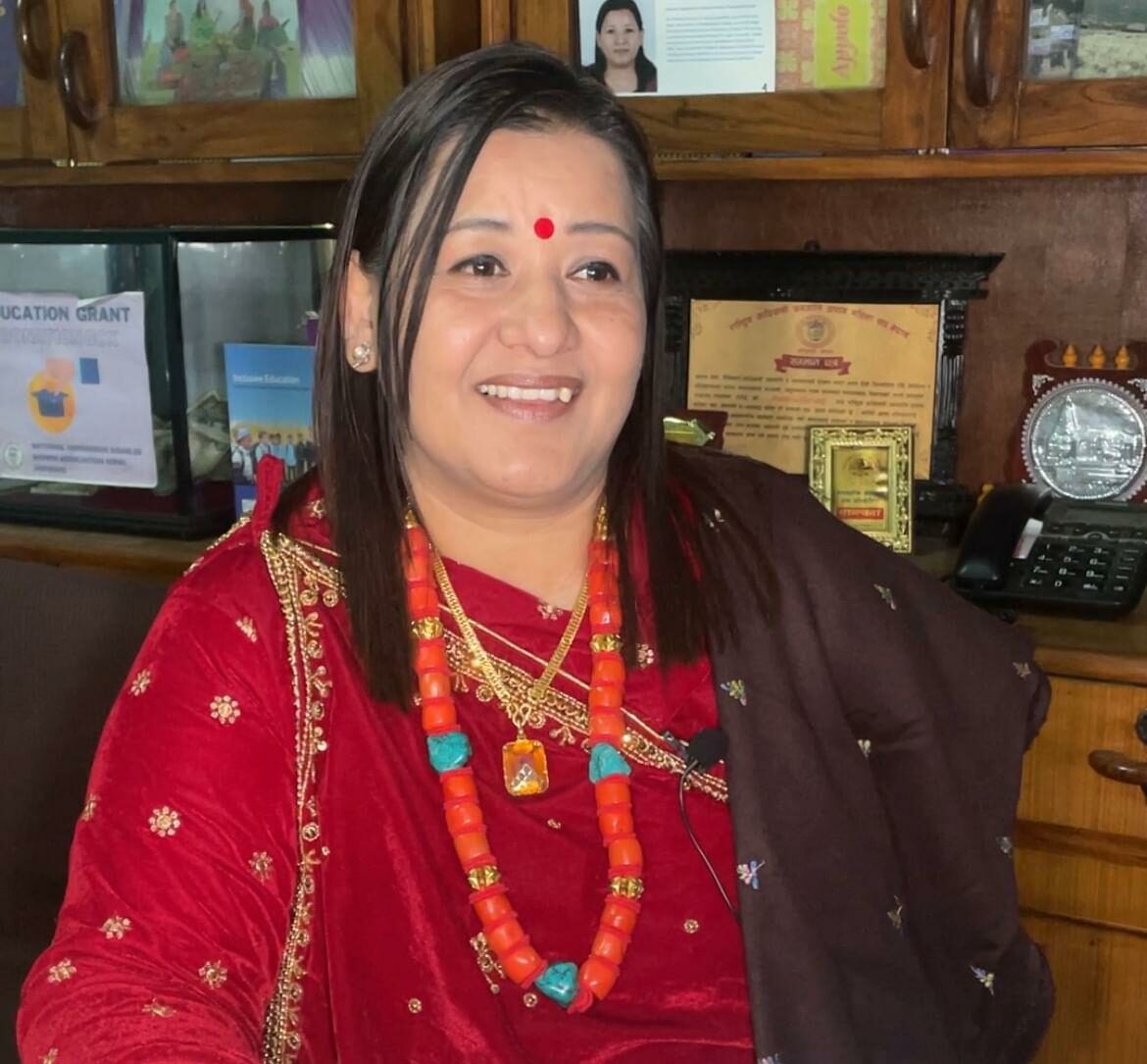
News
Inclusive Justice
Making Society Fair, Just and Equitable for Indigenous Women with Disabilities in Nepal
December 31, 2023
KATHMANDU, Nepal – There are 700,000 Indigenous women and girls with disabilities in Nepal. Violence against this group is rife and has deepened since the COVID-19 pandemic. A 2022 study reports that negative beliefs about disability and a lack of awareness about the rights of Indigenous women and persons with disabilities in Nepal are some of the reasons why they are at a high risk of violence.
DJP Fellow Bhawana Majhi interviews Pratima Gurung, an internationally renowned disability rights activist and the president of the National Indigenous Disabled Women Association – Nepal (NIDWAN), to dig deeper into these issues and how NIDWAN is addressing them.
Question: What inspired you to establish NIDWAN?
Answer: NIDWAN was established in 2015, after the post-earthquake situation, when adolescent Indigenous girls and women with disabilities had to face discrimination and violence that arose within the private and the public spheres. They had to spend [nearly] nine months in an open space and face different kinds of violence, such as domestic violence, language-based violence, economic and cultural violence [because their rights are not recognized by the state]. In education, civil services and other official work, Indigenous languages are not recognized. Indigenous women are insulted for their attire and denied their traditional livelihoods by imposing restrictions on them and criminalizing their occupations. Name-calling, insulting, harassment and stereotyping on the basis of their physical and ethnic attributes are common.
NIDWAN was established with a mission to unite young Indigenous women and girls with disabilities to make society fair, just and equitable for them.
Question: How does NIDWAN contribute to raising awareness among individuals with disabilities about their rights?
Answer: We primarily work at three levels. The first one is reaching an individual through membership. The second strategy is that we have our movement at the provincial level to work within the seven provinces of Nepal. And this is where the grassroots women, including Indigenous peoples with disabilities, can be part of those provincial networks. At the federal level also, we have those structures. And within these three structures, we try to reach Indigenous people and women with disabilities through membership, by building their capacity, by bringing them to the public domain and [making them aware] of their rights. We try to sensitize and [make them aware of] the rights of Indigenous peoples, on the United Nations Convention on the Rights of Persons with Disabilities (UNCRPD), on the rights of Indigenous persons with disabilities related [to] the UN Declaration on the Rights of Indigenous Peoples, and UNDRIP (United Nations Declaration on the Rights of Indigenous Peoples). So, with these international instruments which Nepal has already ratified, we collectively build and create a very conducive and enabling space so they can express the challenges that they face in their day-to-day lives. And this is where we try to connect with them and amplify their voices.
Question: What are the challenges faced by people with various types of disabilities in Nepal?
Answer: If you look at the data in Nepal, people with disabilities comprise 2.2 percent of the total population. The fundamental challenge that [they] are facing is access [to] fundamental rights. We also find challenges related with disaggregated data, information, violence and discrimination. Access to justice and access to government services are major challenges. [In the recent past] they have also been facing challenges [because of] climate change disasters. Challenges related to lack of resources, data information, academic research and also the regular policy and advocacy from the organizations of people with disabilities (OPDs), meaningful participation and engagement of people with disabilities in decision making also [exist].
Question: What efforts has NIDWAN put in to address these challenges and create positive change?
Answer: NIDWAN has been working at the grassroots level, [which] is related [to] movement building. We have been working with OPDs, Indigenous peoples’ organizations, women’s organizations, [nationally] and in the states. We are also working with the UN agencies. We are generating evidence-based advocacy related [to] the lived experience of Indigenous peoples with disabilities. We are also working in different thematic areas that are related with environmental disaster, inclusive education, right to health, right to employment and other kinds of access and services.
Question: What are NIDWAN’s future plans?
Answer: NIDWAN’s future plans involve reaching more people, building capacity and empowering Indigenous women and girls with disabilities. We aim to address challenges like violence and discrimination while focusing on areas such as disaster resilience, education, healthcare and employment opportunities. Our ultimate goal is to create positive change by persisting in lobbying and advocacy efforts at local and provincial levels.
DJP Fellow Bhawana Majhi is an intern at the National Indigenous Disabled Women Association – Nepal (NIDWAN) and is actively engaged in contributing to national-level meetings, workshops, and training sessions on behalf of the organization.
News From the Global Frontlines of Disability Justice
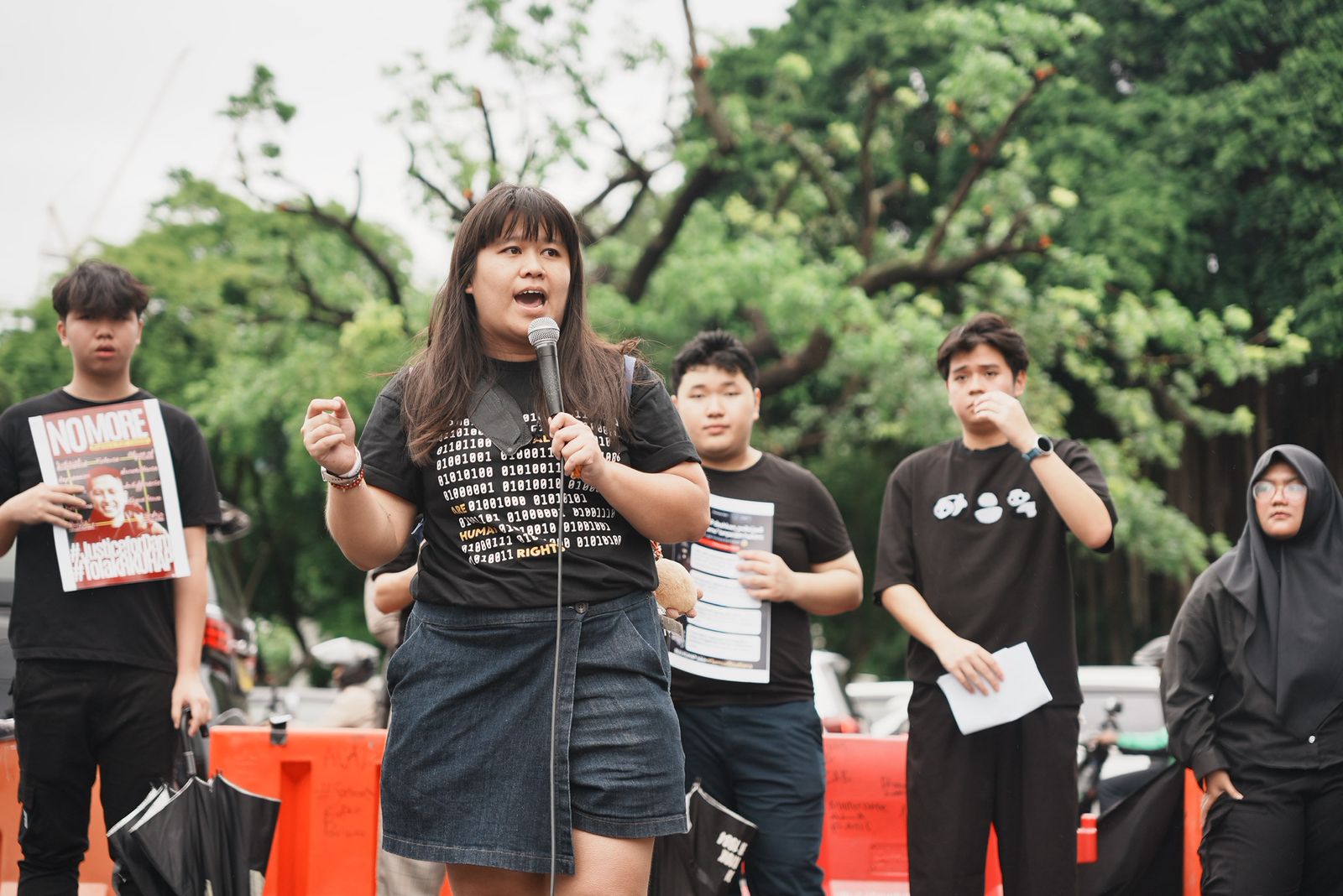
Disability and Due Process
As Indonesia overhauls its criminal code, disability rights advocates say long-standing barriers are being reinforced rather than removed. Nena Hutahaean, a lawyer and activist, warns the new code treats disability through a charitable lens rather than as a matter of rights. “Persons with disabilities aren’t supported to be independent and empowered,” she says. “… They’re considered incapable.”

Disability in a Time of War
Ukraine’s long-standing system of institutionalizing children with disabilities has only worsened under the pressures of war. While some facilities received funding to rebuild, children with the highest support needs were left in overcrowded, understaffed institutions where neglect deepened as the conflict escalated. “The war brought incredibly immediate, visceral dangers for this population,” says DRI’s Eric Rosenthal. “Once the war hit, they were immediately left behind.”

The Language Gap
More than a year after the launch of Rwanda’s Sign Language Dictionary, Deaf communities are still waiting for the government to make it official. Without Cabinet recognition, communication in classrooms, hospitals, and courts remains inconsistent. “In the hospital, we still write down symptoms or point to pictures,” says Jannat Umuhoza. “If doctors used sign language from the dictionary, I would feel safe and understood.”
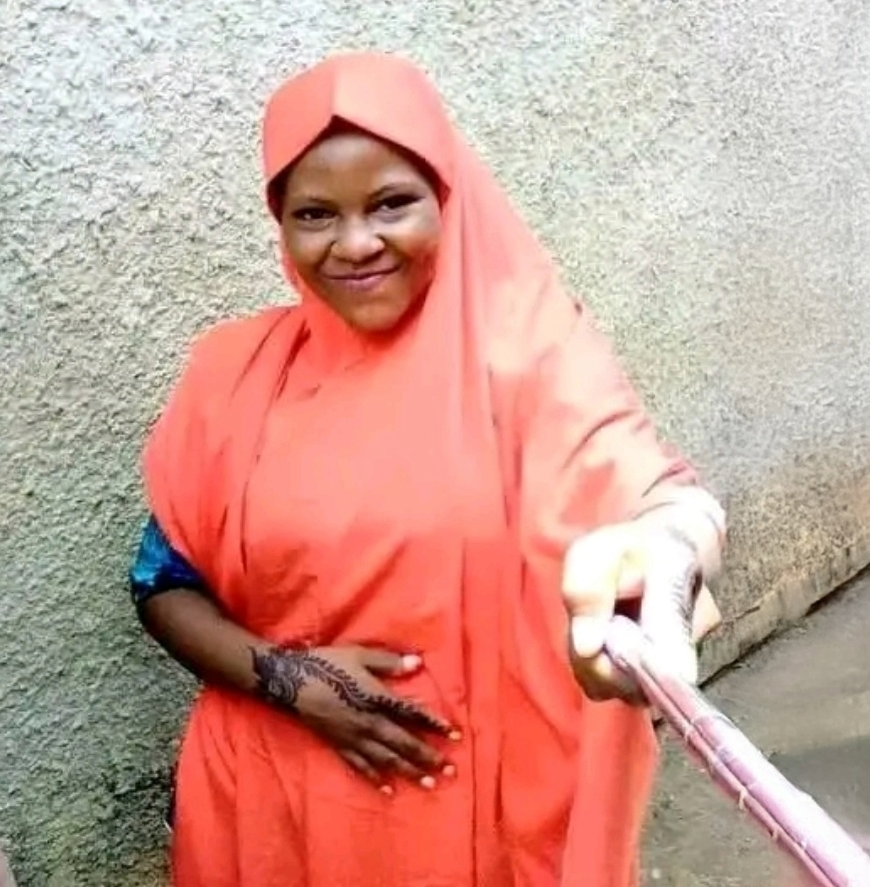
Failure to Inform
Zulaihatu Abdullahi dreamed of finishing school and building a home of her own. But at 19, she died of untreated kidney disease because no one could communicate with her in sign language. Her story reveals how Deaf Nigerian women are often left without lifesaving care. “If only she had access to healthcare where someone could guide her… explain each step, she might still be here,” says Hellen Beyioku-Alase, founder and president of the Deaf Women Aloud Initiative.
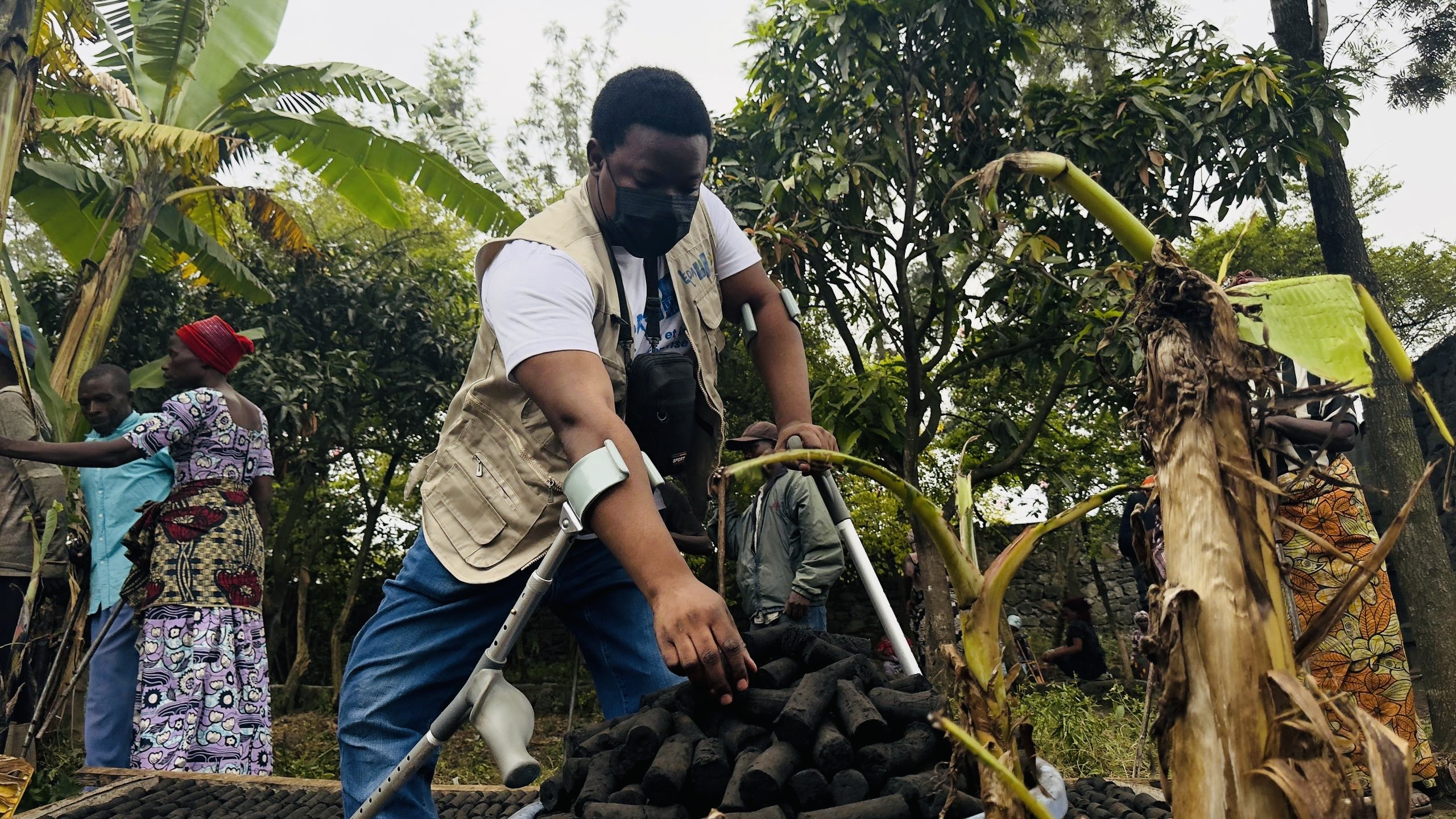
Disability in the Crossfire
In Goma, Democratic Republic of Congo, ongoing conflict and forced displacement have hit people with disabilities hardest. Rebel groups seized supplies from a clean cooking initiative designed to support displaced people with disabilities, leaving many trapped without aid. “It is still a big difficulty for authorities or government or humanitarian organizations to make a good decision which includes everyone,” says Sylvain Obedi of Enable the Disable Action.
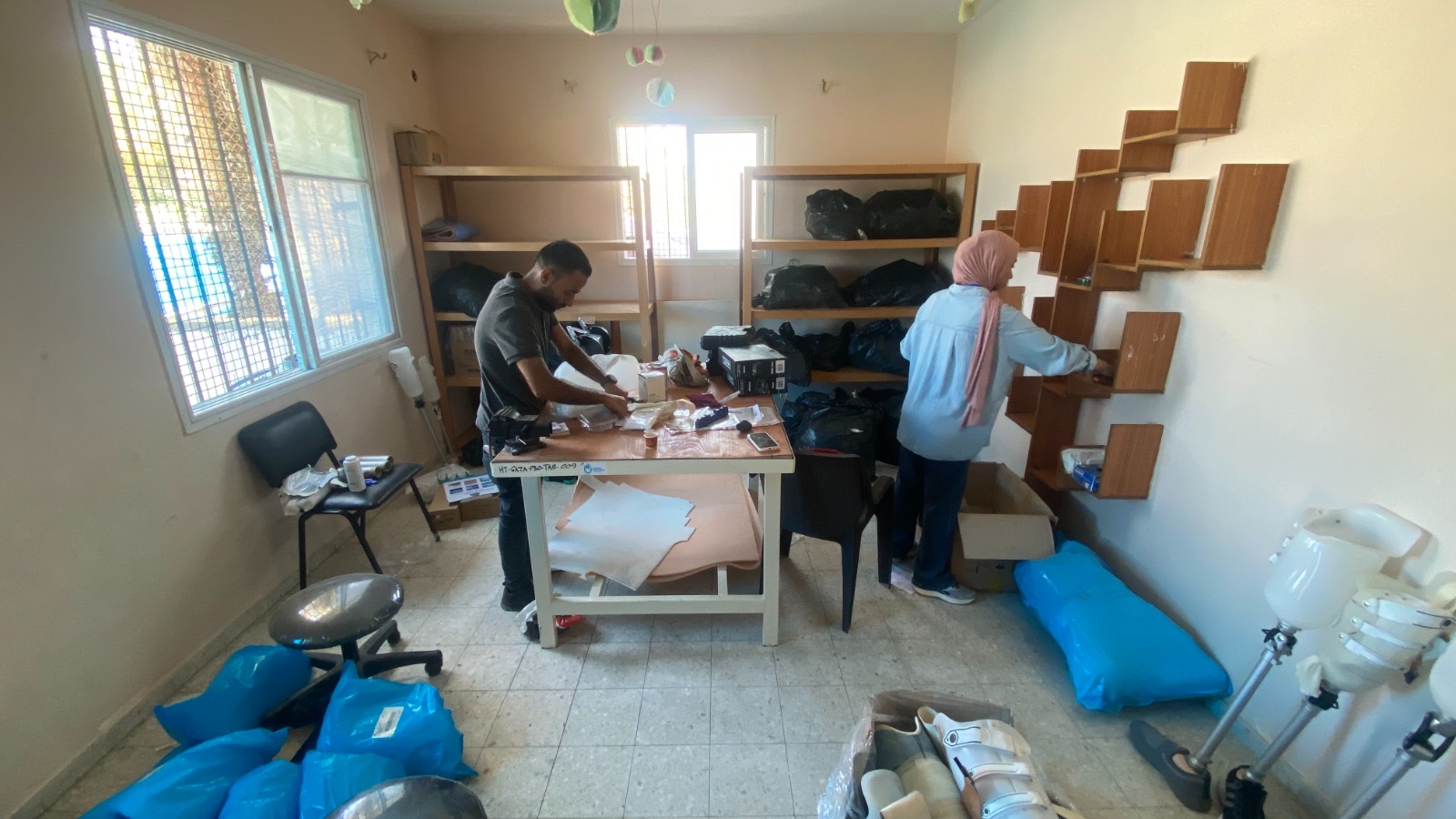
Gaza’s Amputees
At the Nahla Prosthetics & Orthotics Center in Gaza, staff wake up each day wondering if it’s safe to open before treating a handful of people in need of new limbs, adjustments, or psychosocial support. With famine declared in Gaza City and aid restricted, the center faces mounting shortages of materials and trained technicians. “Our colleagues call the situation a nightmare with no end,” says Zaid Amali, Humanity & Inclusion’s senior advocacy officer in Palestine.